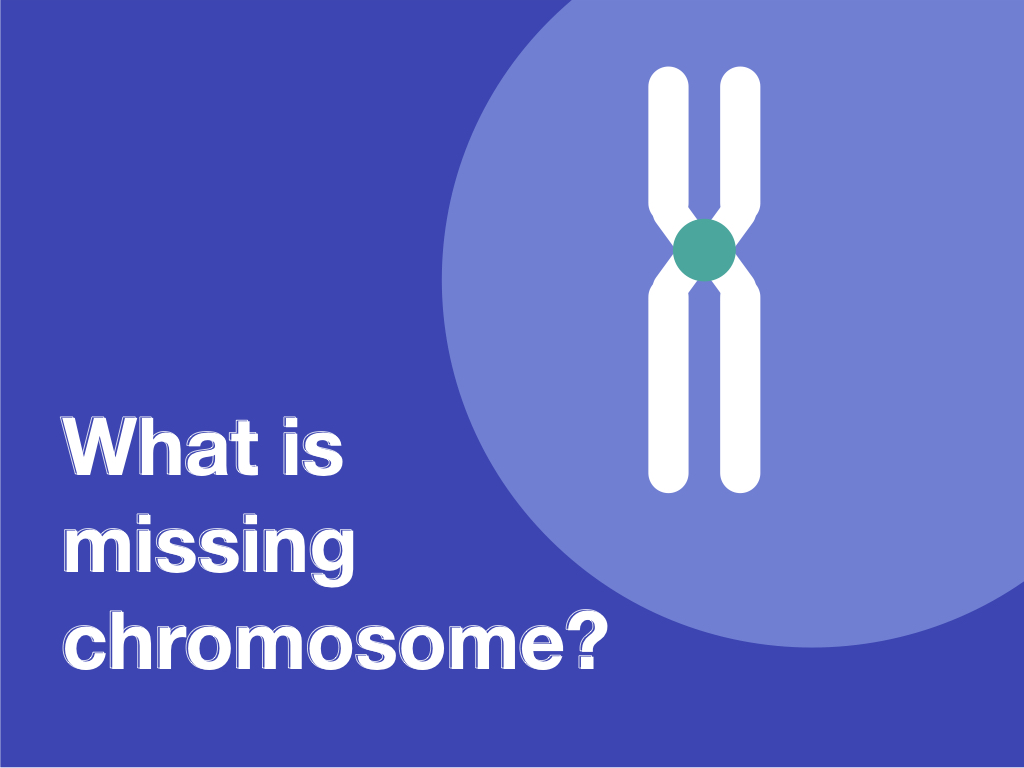What is M banding?- Requirement, Process, Protocol and Applications
M-Bands or M Banding is a high-resolution chromosome banding technique that finds cryptic chromosomal rearrangements such as inversion, translocation, deletion or duplication at the chromosome level. Banding techniques have a significant role in cytogenetics especially in karyotyping. The whole cytogenetic studies are conducted around chromosomes and to encounter chromosomal anomalies. Many techniques and improvements over […]
What is M banding?- Requirement, Process, Protocol and Applications Read More »










